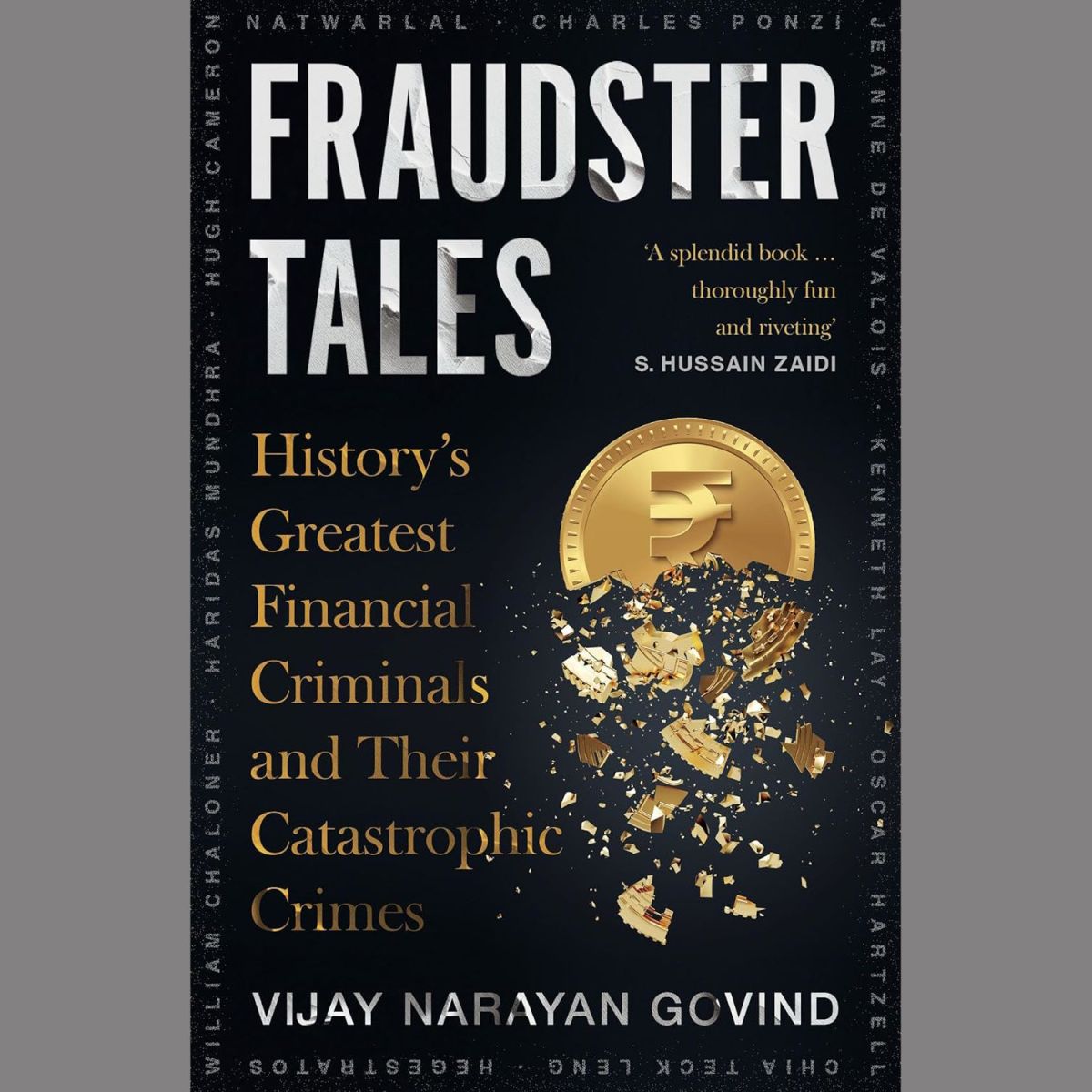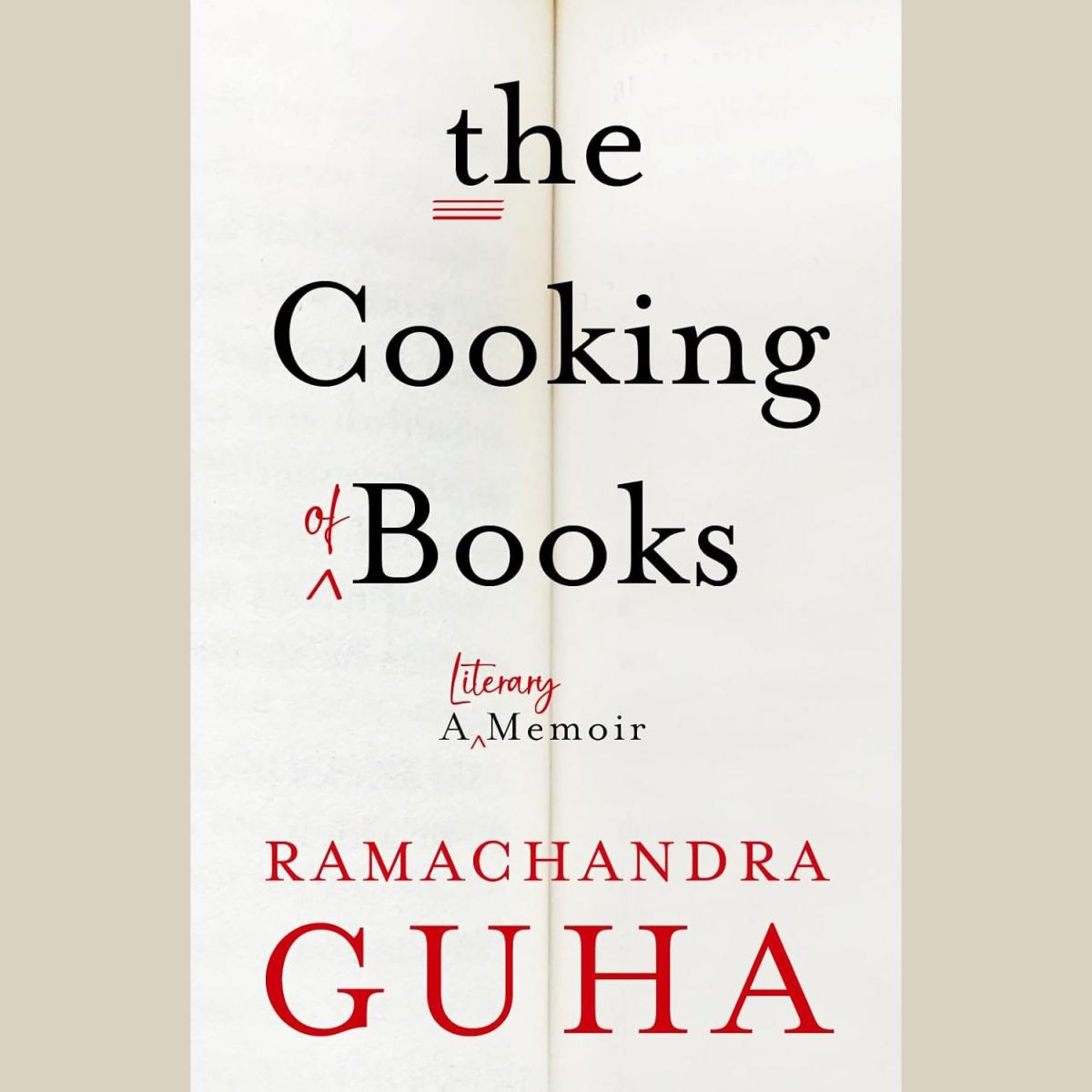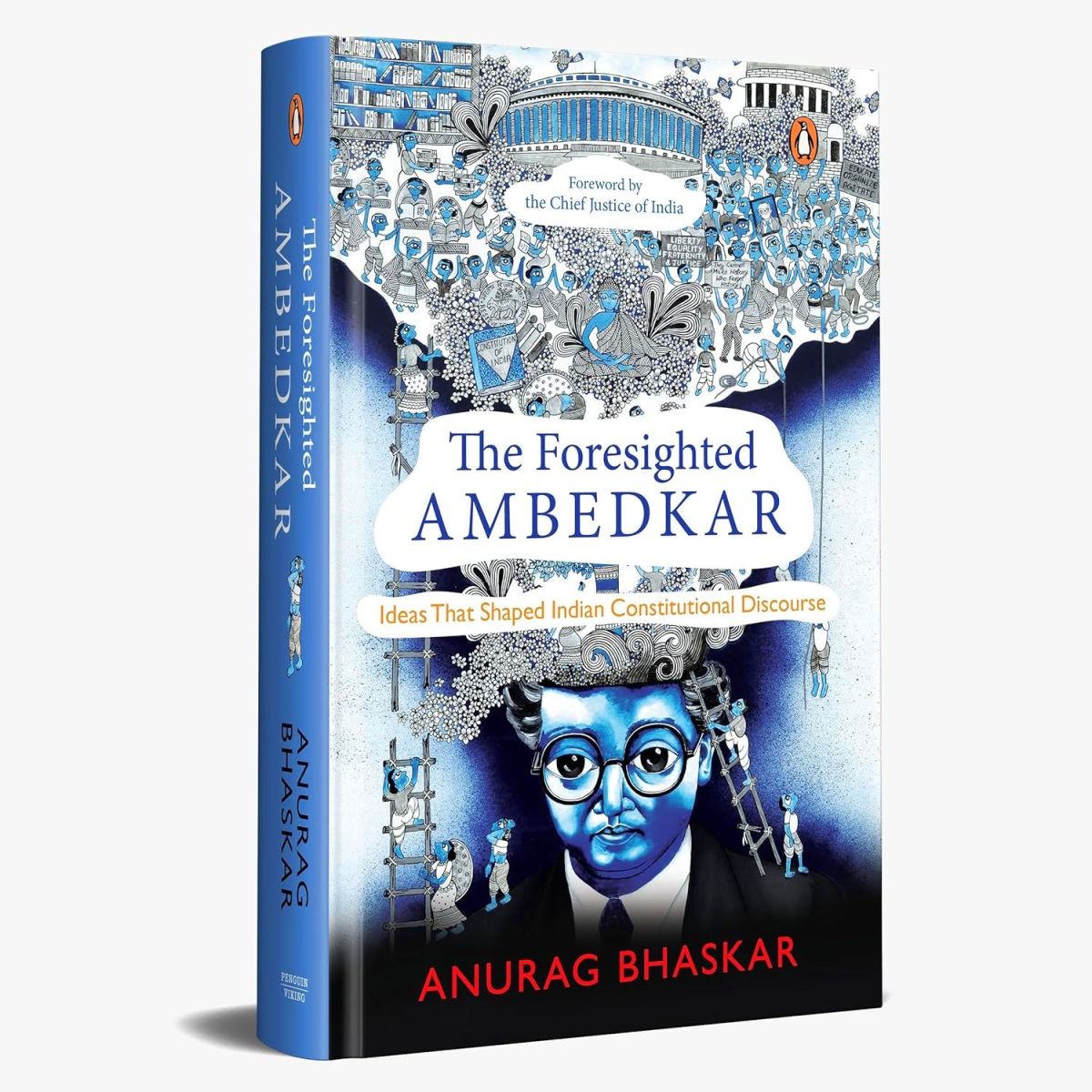One of India’s oldest, most prominent publishing houses, Rupa was established in Calcutta back in 1936 by Daudayal Mehra, then a young man who saw an opportunity in the bookselling business. Today, even as all major, global publishers have entered the Indian market over the last few decades, Rupa continues to thrive as an independent publisher, a company that publishes high-quality fiction and non-fiction across many genres, from some of the country’s most well-known authors. Rupa Publishing is a storied brand and Rajen Mehra, a grand-nephew of the company’s founder and current chairman of Rupa Publications, has taken it upon himself to tell the Rupa story in his book Never Out of Print. Rajen started his journey in publishing more than five decades ago as an intern at Rupa and has, in the late-1980s, served as President of the Federation of Publishers and Booksellers Association of India (FPBAI). ‘It is my greatest regret that I could never persuade my granduncle to write a memoir that would tell the story of the founding of Rupa. In Never Out of Print, I have tried to chronicle the journey of the publishing house that he set up, in addition to the larger story of being a publisher in India,’ says Rajen in the prologue to the book.
In the opening chapter, Rajen writes about how Daudayal Mehra – who belonged to a Punjabi-Khatri business family – migrated from pre-partition Peshawar (now in Pakistan) to Calcutta, along with his two elder brothers. While the eldest brother worked hard to establish the family’s hosiery business, destiny had something else in store for the youngest. On a rainy afternoon, when D Mehra was busy selling hosiery, one K Jackson Marshall – a Scottish book sales rep – spotted the young lad, was impressed by his salesman’s chutzpah and asked him if he’d be interested in selling English books. Mehra, who had dropped out of school and did not speak English, initially thought selling books might be too big a challenge for him but with some badgering from Marshall, eventually gave in and agreed to give it a go. His family supported his decision and Mehra got his first few books to sell in August 1936, and while his first ‘bookshop’ was just an old bedsheet spread on the pavement opposite Calcutta’s Presidency College, what kept him going in the early days was his steely determination to succeed.
D Mehra was soon able to rent a single room near the place where he first started selling books and named his new bookshop ‘Rupa,’ after a character in one of Sisir Kumar Bhaduri’s (often referred to as the father of modern Bengali theatre) plays. But soon, in 1939, the young entrepreneur was forced to relocate Rupa from Calcutta to Allahabad, an educational and intellectual hub at the time. There, he started supplying books to Pandit Nehru and other freedom fighters who were languishing in British jails. At the end of World War II, Mehra kept the Allahabad office going but came back to Calcutta, where he set up a new office for Rupa in a building that also housed the iconic Indian Coffee House. Marshall, the Scottish book sales rep came back into the picture, giving distribution rights to Rupa for six new paperbacks that were published by Penguin. In the meanwhile, expansion continued, with an office coming up in Bombay. Mehra himself started reading extensively, his intellectual curiosity matched by his natural flair for sales. 1960 proved to be something of a watershed year for Rupa. James Laughlin, chairman of the New York-based New Directions Publishing, visited Calcutta, met D Mehra, took a liking to him and persuaded him to publish Herman Hesse’s Siddhartha. This, says Rajen, marked the beginning of Rupa’s journey in the business of publishing.
Alongside the Rupa story, the author also recounts his own journey – this is his memoir after all – and writes about his early years; of holidays spent with relatives in Allahabad, Banaras and Kanpur, and of everyday life in Calcutta, which he thinks of as his ‘rainbow’ city. ‘The Calcutta I remember was home to Bengali bhadralok, Marwari businessmen, the Chinese with their eateries and shoe shops, Anglo-Indian sahibs, Oriya plumbers and cooks, paanwallas from UP, and schoolteachers, rickshawallas and labourers from Bihar,’ says Rajen. There was no pressure on him to join the family business, he says, adding that he wanted to study management and thereafter pursue a career in teaching. But, again, destiny had other plans up its sleeve, and a young Rajen – troubled by the violence and frequent shutdowns in Calcutta due to the Naxalite movement – was invited by his granduncle, D Mehra, to spend time at Rupa and get an understanding of the business of publishing and selling books. ‘I was made the assistant to my granduncle’s secretary at a monthly salary of Rs 350. The message was clear – I had to learn everything from scratch and then work my way up,’ says Rajen. And sure enough, as he began to learn the ropes, Rajen assumed more responsibility at Rupa, which had gone from having a single room and a grand total of four employees in 1936, to having offices in multiple cities and distribution rights of two dozen British publishers in 1969. At D Mehra’s behest, Rajen travelled across the country in order to get a better understanding of the publishing business and this, he soon realised, was what he wanted to do for the rest of his life.
Speaking of the publishing business itself, while D Mehra and Rupa had started their journey with publishing Hesse’s Siddhartha, the primary focus continued to be on representing prominent foreign publishers and selling their books in India. But eventually D Mehra did turn to publishing Rupa’s own book, starting with books either written in Bengali or ones that had originally been written in other languages and subsequently translated into Bengali. ‘From the 1960s to the mid-1980s, we published more than 300 titles in Bangla,’ says Rajen. Later, however, their business in Calcutta suffered a downturn and Rupa eventually had to shut down their Bengali publishing division. Focus shifted to English language publishing and Rajen notes that one of their key successes was Sunny Days, cricket legend Sunil Gavaskar’s autobiography, which Rupa first published in 1976. Almost 50 years later, the book is still in print, with the latest edition having been printed in 2023!
Rajen also writes about book piracy, which he says he’s been battling on Rupa’s behalf since the early-1970s. Unauthorised, shoddily-produced paperbacks were sold in various parts of Delhi back then and the practice continues to this day, perhaps because a segment of readers isn’t able to resist the temptation of getting their hands on books that often cost a fraction of the price of the original. Rajen writes at length about his efforts to combat piracy – a serious issue that plagues the publishing industry to this day. (In fact, with digital book formats – both text and audio – having become popular in recent years, the problem has only grown.) Despite there being laws against book piracy, raids that are conducted by the police and the looming spectre of fines and perhaps even imprisonment, there are still people who publish pirated books, and there are those who sell these books on the cheap. Rajen says the Rupa way to deal with this has been to ensure that the books they publish are produced at competitive prices, are widely available and are always in stock. ‘Readers need to be educated, so they don’t buy pirated editions,’ he adds.
Elsewhere in the book, Rajen writes about Rupa’s business relationships with other major publishers like Penguin and HarperCollins, and how these relationships helped Rupa grow and expand operations across the country. There is a chapter on expanding Rupa’s operations in Nepal. The passing of the legendary D Mehra. The changing face of retail, and how ecommerce giants like Amazon have reshaped book distribution in India. And how the business of setting up and running a bookshop has changed and evolved dramatically over the years. The book is chock-full of stories, personal anecdotes and assorted vignettes, accompanied by a rich selection of photographs that chart Rupa’s journey from being a tiny bookseller in Calcutta to becoming a major Indian publisher that can hold its own in the face of a barrage of foreign competition. It’s a story well-told, at a pace that keeps the readers interest going.
For anyone who loves books and who may be interested in the business of publishing, Never Out of Print: The Rupa Story is undoubtedly an excellent read. A memorable book – one we’re very happy to have in our collection.
Never Out of Print: The Rupa Story
Author: Rajen Mehra
Publisher: Rupa Publications
Format: Hardcover / Kindle
Number of pages: 504 / NA
Price: Rs 397 / Rs 366
Available on Amazon
Book Review: Never Out of Print – The Rupa Story









